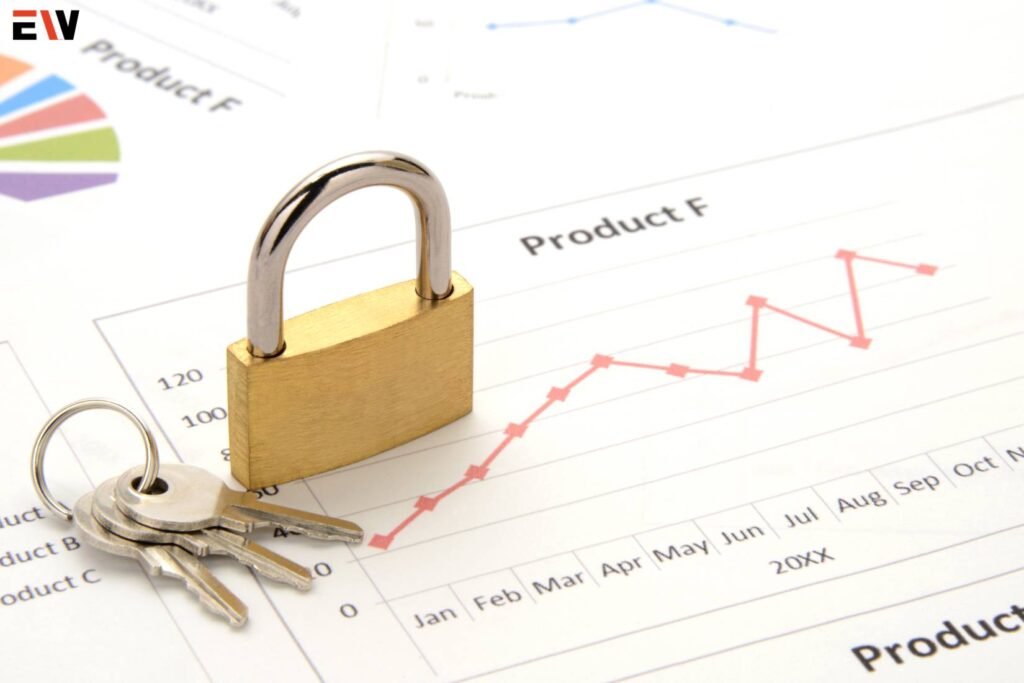In today’s digital age, business data, and information are among a company’s most valuable assets. From customer information to trade secrets, business data is critical to the success of any organization. However, with the increasing prevalence of cyber threats, protecting this data has become more challenging than ever before. In this article, we will explore the importance of protecting your business data and information, and provide strategies and best practices for safeguarding your most valuable asset.
1. Why Protecting Business Data and Information is Important

Business data is critical to the success of any organization. Here are some of the key reasons why protecting business data and information is so important:
- Protecting Sensitive Information: Business data often includes sensitive information such as customer names, addresses, and credit card numbers. Protecting this information is critical to maintaining the trust of your customers and complying with privacy regulations such as the GDPR or CCPA.
- Preventing Cyber Attacks: Cyber attacks are becoming more sophisticated and prevalent and can have devastating consequences for businesses of all sizes. By protecting your business data, you can minimize the risk of a cyber attack and prevent data breaches that can result in lost revenue, legal liabilities, and reputational damage.
- Ensuring Business Continuity: In the event of a disaster such as a fire, flood, or cyber-attack, having access to your business data is critical to ensuring business continuity. By safeguarding your business data, you can minimize the impact of a disaster and quickly resume operations.
- Staying Competitive: Business data is often a key competitive advantage. By protecting your business data, you can maintain your competitive edge by keeping your proprietary information out of the hands of competitors.
2. Strategies for Protecting Business Data and Information

Protecting business data and information requires a multi-layered approach that includes both technical and non-technical strategies. Here are some strategies and best practices for protecting your most valuable asset:
- Conduct Regular Risk Assessments: Conducting regular risk assessments is critical to understanding the vulnerabilities of your business and identifying potential threats. This can help you prioritize your resources and focus on the areas of your business that are most at risk.
- Implement Strong Password Policies: Passwords are often the first line of defense against cyber attacks. Implementing strong password policies that require employees to use complex passwords, change them regularly, and never share them with others can help protect your business data from unauthorized access.
- Use Two-Factor Authentication: Two-factor authentication adds an additional layer of security by requiring users to provide two forms of identification (such as a password and a fingerprint or code) to access business data. This can help prevent unauthorized access even if a password is compromised.
- Encrypt Sensitive Data: Encryption is the process of converting data into a secret code that can only be accessed with a decryption key. Encrypting sensitive data such as customer information, trade secrets, and financial data can help protect it from unauthorized access in the event of a data breach.
- Backup Your Data: Regularly backing up your business data is critical to ensuring business continuity in the event of a disaster or cyber attack. This can help minimize downtime and ensure that your business can quickly resume operations.
- Train Your Employees: Employees are often the weakest link in a business’s security strategy. Providing regular training on best practices for protecting business data and information, such as how to identify phishing emails or how to securely handle sensitive information, can help reduce the risk of a data breach.
- Implement Access Controls: Access controls are security measures that limit access to business data to authorized personnel. Implementing access controls such as user permissions and role-based access can help protect your business data from unauthorized access.
- Keep Software Up to Date: Keeping software up-to-date is critical to ensuring that your business is protected against the latest security threats. Regularly updating your software, including antivirus software, firewalls, and operating systems, can help minimize the risk of a cyber attack.
- Limit Physical Access to Data: Physical access to business data should be limited to authorized personnel only. Implementing security measures such as keycard access or security cameras can help prevent unauthorized access to business data.
- Develop an Incident Response Plan: Despite your best efforts, a data breach may still occur. Developing an incident response plan that outlines the steps to take in the event of a data breach can help minimize the impact of the breach and ensure that your business can quickly recover.
3. Best Practices for Protecting Business Data and Information

In addition to the strategies outlined above, here are some best practices for protecting business data and information:
- Use Cloud-Based Services: Cloud-based services such as Dropbox, Google Drive, or Microsoft OneDrive offer built-in security features and can help protect your business data from unauthorized access.
- Control Physical Access to Data: Physical access to business data should be limited to authorized personnel only. Implementing security measures such as keycard access or security cameras can help prevent unauthorized access to business data.
- Monitor Access to Data: Monitoring access to business data can help identify potential security breaches and ensure that access is limited to authorized personnel only.
- Use Firewalls: Firewalls are a critical component of any business’s security strategy. They can help prevent unauthorized access to your network and protect your business data from cyber attacks.
- Regularly Test Your Security Measures: Regularly testing your security measures, including conducting penetration testing and vulnerability assessments, can help identify potential weaknesses in your security strategy and ensure that you are adequately protected.
BOTTOM LINE
Protecting business data and Information is critical to the success of any organization. By implementing a multi-layered approach that includes both technical and non-technical strategies, you can minimize the risk of a data breach and ensure that your most valuable asset is protected. Regularly assessing your business’s vulnerabilities, implementing strong password policies and access controls, encrypting sensitive data, and training your employees on best practices for protecting business data and information are all key components of an effective data protection strategy. By following these best practices and staying vigilant, you can protect your business data and ensure the continued success of your organization.










